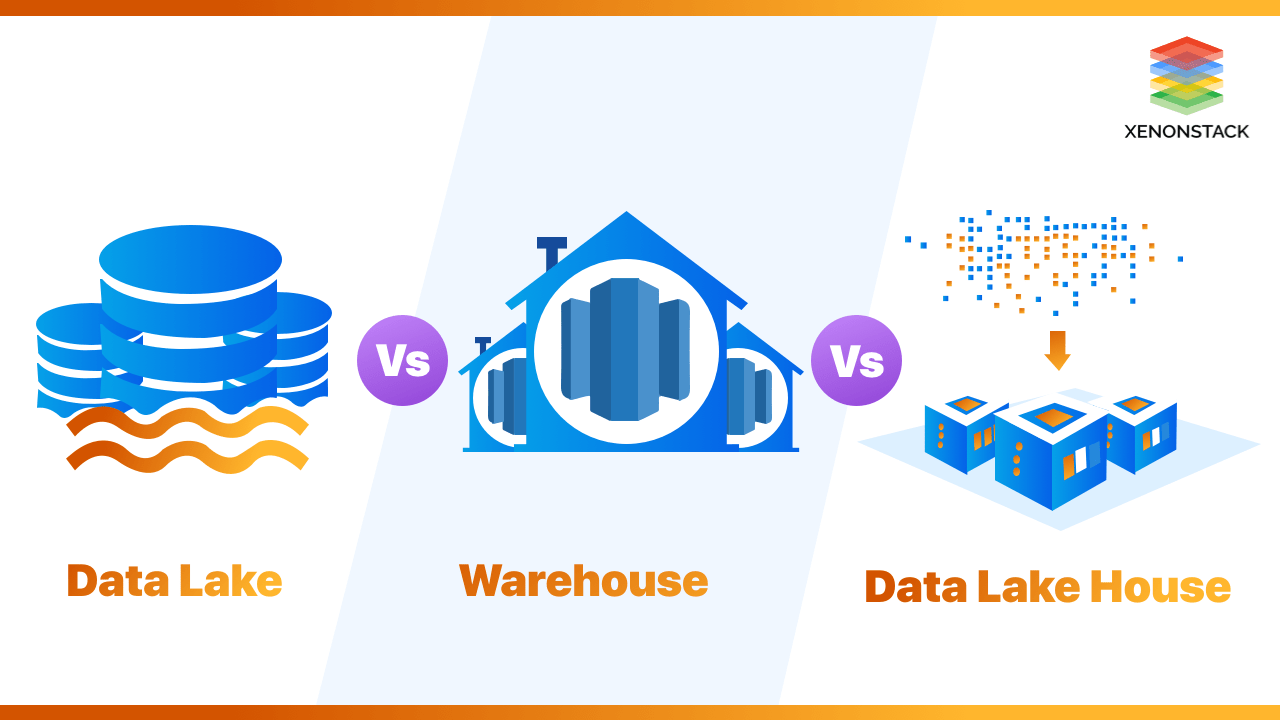Database vs data lake vs data warehouse sets the stage for a deep dive into the world of data management, offering a comprehensive look at their unique features and functionalities. The battle between these data storage solutions is about to unfold, revealing insights that will reshape your understanding of data infrastructure.
In this article, we will explore the core concepts of databases, data lakes, and data warehouses, shedding light on their distinct roles in the realm of data storage and analysis.
Database

Databases are organized collections of data that are structured to facilitate the storage, retrieval, and management of information. They are crucial for storing and managing data efficiently in various applications and systems.
Popular Database Management Systems, Database vs data lake vs data warehouse
- MySQL: An open-source relational database management system widely used for web applications.
- Oracle Database: A robust, enterprise-level database management system known for its reliability and scalability.
- Microsoft SQL Server: A popular database management system developed by Microsoft, commonly used in Windows environments.
- PostgreSQL: A powerful open-source object-relational database system known for its extensibility and support for advanced features.
Typical Structure of a Database
A database typically consists of tables, which store data in rows and columns. Each table represents a specific entity or concept, with columns defining the attributes or characteristics of the entity. Relationships between tables are established using keys to ensure data integrity and enable efficient retrieval of related information.
When it comes to managing large amounts of data, companies can greatly benefit from implementing a data warehousing solution. By utilizing data warehousing benefits , organizations can improve data quality, enhance decision-making processes, and increase overall efficiency. Additionally, implementing data storage best practices can help ensure that data is stored securely and efficiently. Understanding the importance of data warehousing architecture is essential for creating a robust and scalable data warehouse system.
Data Lake: Database Vs Data Lake Vs Data Warehouse

Data lakes are a storage repository that holds vast amounts of raw data in its native format until it is needed. Unlike traditional databases, data lakes are designed to store structured, semi-structured, and unstructured data without the need to preprocess or structure it beforehand.
Benefits of Using a Data Lake
- Scalability: Data lakes can scale horizontally to accommodate the growing volume of data without affecting performance.
- Flexibility: Data lakes allow organizations to store diverse types of data, making it easier to analyze and derive insights.
- Cost-Effective: Storing data in a data lake is more cost-effective compared to traditional databases as it does not require data transformation upfront.
- Advanced Analytics: Data lakes enable advanced analytics, machine learning, and data exploration due to the flexibility in storing raw data.
Contrast with Traditional Databases
- Structure: Data lakes store data in its raw form, while traditional databases require data to be structured before storing.
- Processing: Traditional databases are optimized for quick data retrieval, while data lakes prioritize storing large volumes of data for future analysis.
- Schema: Data lakes have a schema-on-read approach, meaning the structure of the data is applied only when it is read, unlike traditional databases that have a schema-on-write approach.
- Data Variety: Data lakes can handle a wide variety of data types, including structured, semi-structured, and unstructured data, whereas traditional databases are more rigid in terms of data types.
Data Warehouse

Data warehouses are specialized databases that store large volumes of structured data from various sources for analysis and reporting purposes. Unlike operational databases, data warehouses are designed for querying and analysis rather than transaction processing.
Purpose of a Data Warehouse
Data warehouses serve as a centralized repository for historical data that can be used for business intelligence, decision-making, and strategic planning. By consolidating data from multiple sources, data warehouses provide a unified view of the organization’s data, enabling users to gain insights and make informed decisions.
- Aggregating and organizing data from different sources
- Supporting complex queries and analysis
- Enabling data mining and predictive analytics
- Improving data quality and consistency
Differences from Databases and Data Lakes
Data warehouses differ from databases in that they are optimized for read-heavy workloads and analytical queries rather than transaction processing. While databases are designed for storing and retrieving real-time data, data warehouses focus on historical data analysis and reporting.
On the other hand, data lakes are repositories that store raw, unstructured, and semi-structured data at scale. Unlike data warehouses, data lakes do not require data to be pre-aggregated or structured, making them suitable for storing large volumes of diverse data types for future analysis.
Use Cases of Data Warehouses
Data warehouses are commonly used in industries such as retail, finance, healthcare, and telecommunications to analyze customer behavior, track sales performance, monitor financial metrics, and optimize operations. For example, a retail company may use a data warehouse to analyze sales trends, forecast demand, and optimize inventory management based on historical data stored in the warehouse.
As we conclude our exploration of Database vs data lake vs data warehouse, it becomes clear that each solution plays a crucial role in the data ecosystem. Understanding their differences and benefits is key to making informed decisions about managing and utilizing data effectively in various industries.
When it comes to maximizing the potential of your data, understanding the benefits of data warehousing is crucial. This technology allows organizations to store, manage, and analyze vast amounts of data efficiently, leading to improved decision-making and strategic planning.
Implementing data storage best practices is essential for ensuring data security, integrity, and accessibility. By following industry standards and guidelines, businesses can optimize their storage systems to support their data management needs effectively.
The foundation of any successful data strategy lies in a robust data warehousing architecture. By designing a scalable and efficient system, organizations can streamline their data processes and harness the full potential of their data assets.

